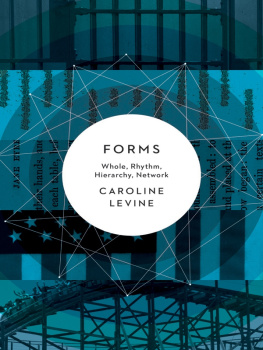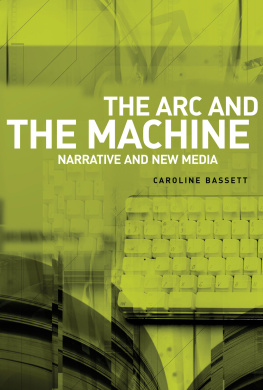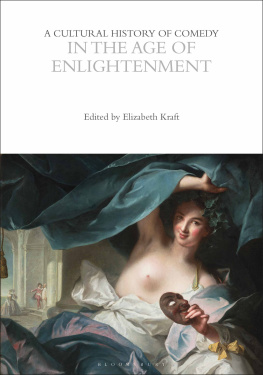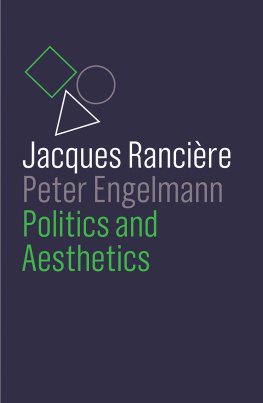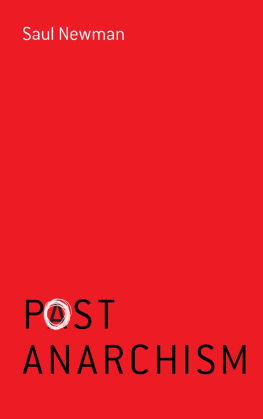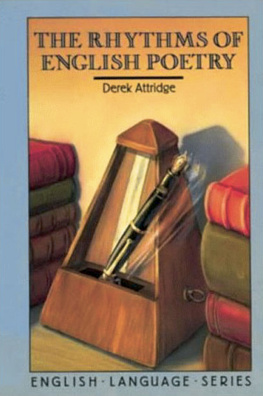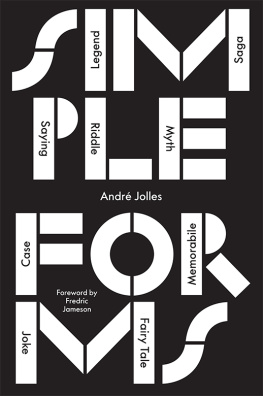FORMS
FORMS
Whole, Rhythm, Hierarchy, Network
CAROLINE LEVINE
PRINCETON UNIVERSITY PRESS
Princeton & Oxford
Copyright 2015 by Princeton University Press
Published by Princeton University Press
41 William Street, Princeton, New Jersey 08540
In the United Kingdom: Princeton University Press
6 Oxford Street, Woodstock, Oxfordshire OX20 1TW
press.princeton.edu
Jacket images, from top to bottom: Empty prison cell Damin Klimek/Thinkstock; detail of U.S. postal scan code; detail of Jane Eyre, 1847; American flag; detail of Grizzly roller coaster Marcrut/Creative Commons.
Library of Congress Cataloging-in-Publication Data
All Rights Reserved
Levine, Caroline, 1970
Forms : Whole, Rhythm, Hierarchy, Network / Caroline Levine.
pages cm
Summary: Forms offers a powerful new answer to one of the most pressing problems facing literary, critical, and cultural studies todayhow to connect form to political, social, and historical context. Caroline Levine argues that forms organize not only works of art but also political lifeand our attempts to know both art and politics. Inescapable and frequently troubling, forms shape every aspect of our experience. But forms dont impose their order in any simple way. Multiple shapes, patterns, and arrangements, overlapping and colliding, generate complex and unpredictable social landscapes that challenge and unsettle conventional analytic models in literary and cultural studies. Borrowing the concept of affordances from design theory, this book investigates the specific ways that four major formswholes, rhythms, hierarchies, and networkshave structured culture, politics, and scholarly knowledge across periods, and it proposes exciting new ways of linking formalism to historicism and literature to politics. Levine rereads both formalist and antiformalist theorists, including Cleanth Brooks, Michel Foucault, Jacques Rancire, Mary Poovey, and Judith Butler, and she offers engaging accounts of a wide range of objects, from medieval convents and modern theme parks to Sophocless Antigone and the television series The Wire. The result is a radically new way of thinking about form for the next generation and essential reading for scholars and students across the humanities who must wrestle with the problem of form and contextProvided by publisher.
Includes bibliographical references and index.
ISBN 978-0-691-16062-7 (hardback : acid-free paper) 1. Literary form. 2. Form (Aesthetics) 3. Form perception. 4. Cultural fusion in literature. 5. Literature and society. 6. Criticism. I. Title.
PN45.5.L48 2015
801.95dc23 2014006211
British Library Cataloging-in-Publication Data is available
This book has been composed in Sabon Next LT Pro and Neutraface No. 2
Printed on acid-free paper.
Printed in the United States of America
1 3 5 7 9 10 8 6 4 2
FOR JON
CONTENTS
PREFACE
My father was a liberal humanist and a historian of ideas. He often read literary writers: he wrote on Pope and Swift. He believed that scholars should strive to understand the intentions of authors as they responded to contemporary concerns and debates. To our mutual dismay, I didnt find this approach particularly exciting. I wanted to track subtle arrangements of words and images interwoven through literary texts. When I first went to college and fell in love with poststructuralist ways of reading, my father was amused and skeptical. He would challenge me to defend ahistorical literary studies in debates that went on for hours. I would argue that patterns of language came before us, preceding and creating subjects; he would insist that human agency and intention were primary, shaping any utterance we make. The debates themselves were pleasurable, but he never convinced meor I him. I wish Joseph M. Levine were alive to read this book. He would cheerfully disagree with every argument in it.
It was something of an irony for me when literary studies took a historical turn. By the time Id graduated from college in the early 1990s, historicism was clearly displacing deconstruction as the dominant model for the field. This felt like a narrowing of the intellectual world to me, a stifling. Deconstruction had encouraged a kind of intellectual pyrotechnics; my teachers had performed readings so dazzling that a physical thrill would run through me. Now we were being asked to situate literary objects in thickly described, local contexts, with an attention to Parliamentary papers and conduct manuals. I found it dreary. And yet, the ethical arguments that the New Historicists were making had power. Deconstructive approaches might be exciting, but they were increasingly called self-indulgent; historicism might feel laborious, but it was about power and injusticeserious business. Difficult new disciplinary questions took shape for me. If conduct books contributed as much as poems to a given culture, then why wouldnt I become a historian like my father? And if social justice should be my goal, then could I justify a lifetime of studying literature?
Feeling ambivalent about literary studies, I went off to Birkbeck College, part of the University of London, to think and read for a few years, but probably not, I thought at the time, to pursue an academic career. At Birkbeck, every scholar was a Marxist of one variety or another. All of my teachers insisted on historical methods with a political urgency that was new to meand compelling.
The traditional Marxist attentiveness to long processes of change was especially helpful. When I expanded my attention beyond immediate local contexts, I grasped the massive and manifold disruptions that profound economic shifts had brought: the prolonged industrial revolution that moved huge numbers of people out of rural areas and into crowded cities, fundamentally reshaping social relationships and rapidly accelerating environmental devastation; the competition among European nations for new markets that uprooted and impoverished whole peoples, sometimes eradicating their languages and recasting their values as backward in a dominant story of European progress, a story that I now saw had shaped my fathers work and my own childhood values. I understood for the first time how claims to artistic universality and transcendence had been used over and over as political bludgeons and how cultural objects had been crucial participants in the making and remaking of the political world. There was no way for me to pass this off as uninteresting or irrelevant.
Back in the United States, fitted out with a Birkbeck PhD and a new academic job, I realized with embarrassment that my eccentric education had somehow allowed me to skip over any serious reading of Michel Foucault. When I finally read Discipline and Punish, it came as a stunning revelation. It remains my single favorite work of theory. of space and time permitted certain circulations of power, while foreclosing others. It was Foucault, then, who suggested to me for the first time that organizations and arrangements were the main means by which power worked: politics was a matter of imposing order on the world.
It never occurred to me not to call these ordering principles forms. I, who had always been drawn to patterns and structures in and across texts, immediately grasped social experience in the same terms, using what seemed to me the same habits of thought, the same methods. I wrote a book about a temporal pattern that organized both narrative suspense and the scientific method in the Victorian period, and followed this with a book about structural tensions between avant-garde artists and democratic states. I understood all of these as forms.
It took me a long while to realize that this use of the term was not intuitive to other literary critics, who typically equated form with genre, or saw form as the exclusive domain of aesthetics. Form, for many literary readers, was precisely that which
Next page
